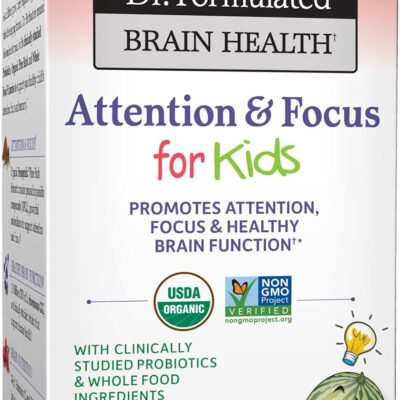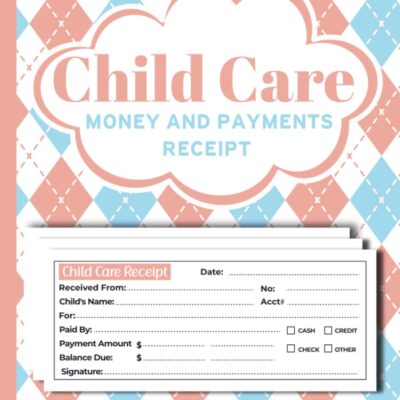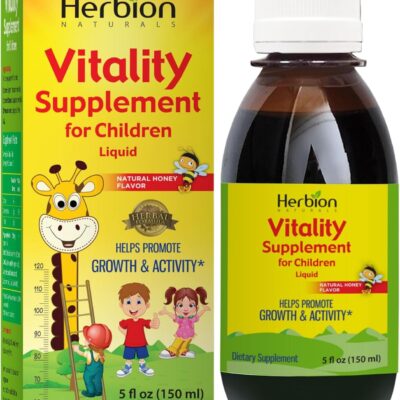Pregnancy is amazing, but preeclampsia symptoms can be difficult.

Preeclampsia Symptoms may be some rough spots during pregnancy, but overall, it’s a magical time. Preeclampsia is one of those bumps. It can sneak up on you if you’re not careful. Let’s talk about what preeclampsia is, why it’s important, and what you can do about it. You and your baby’s health need to know everything there is to know about preeclampsia, whether you’re a first-time mom or adding to your family.
What Is Preeclampsia?
To begin, let us look at the basics. Preeclampsia Symptoms is a sickness that can happen during pregnancy, most of the time after 20 weeks. High blood pressure and protein in the pee are signs of it. That could make you wonder, “What does that even mean?” But having too much blood pressure can hurt you and your baby. If preeclampsia is caught early, it is generally treatable. But if it is not treated, it can get worse and cause serious problems.
This disease happens when there are problems with the placenta, which feeds and oxygenates your growing baby. If your doctor thinks you might have preeclampsia, they will keep a close eye on you. You should know as soon as possible!
Signs and Symptoms to Watch For
Now that you know preeclampsia, let’s discuss the signs to look out for. Watching your body is essential because sometimes symptoms can be pretty subtle. Here’s a quick list of things to watch for:
- High Blood Pressure: If your readings are consistently at or above 140/90 mm Hg, that’s a red flag. This is typically measured during your prenatal visits, so take them!
- Protein in Urine: Your doctor will check for protein in your urine. If it’s there, it might mean your kidneys are under stress.
- Swelling: Sometimes you may swell up during pregnancy, but if you notice sudden swelling in your hands, feet, or face, let your doctor know.
- Severe Headaches: A headache that doesn’t go away with usual remedies can be a warning sign.
- Vision Changes: Blurred vision, seeing spots, or sensitivity to light can indicate something is wrong.
- Upper Abdominal Pain: It hurts in the top right corner of your belly can signal liver issues.
- Nausea or Vomiting: While nausea is expected in early pregnancy, experiencing it later on can be a concern.
Don’t wait to call your doctor if you notice these signs healthcare provider. It’s better to be safe than sorry!
Why Preeclampsia Is Dangerous
So, why should you be concerned about preeclampsia? Well, it can pose serious risks for you and your little one. For moms, it can lead to complications like organ damage, strokes, and even seizures. If preeclampsia worsens, it can develop into a condition called eclampsia, which involves seizures that can be dangerous for both you and your baby.
For your baby, the risks are equally severe. Preeclampsia can cause premature birth, low birth weight, and even stillbirth in the worst cases. That’s why staying informed and vigilant throughout your pregnancy is crucial.
Causes and Risk Factors
You may be thinking about what causes toxemia and whether you’re in danger. While the specific reason isn’t completely perceived, sure There are things that can make you bound to get the condition. Here’s a quick rundown:
- Genetics: If your mom or sister had preeclampsia, you might be more prone to it.
- Previous Preeclampsia: If you’ve had it in an earlier pregnancy, you’re at a higher risk this time around.
- Existing Health Conditions: Having diabetes, high blood pressure, and kidney disease can make you more susceptible.
- Obesity: Being big can likewise build your gamble.
- Age: Women under 20 or over 40 have a higher chance of developing preeclampsia.
- Multiple Pregnancies: If you’re having twins or more, you’re at greater risk due to the extra strain on your body.
Understanding these factors can help you and your healthcare provider take preventive measures.
How to Reduce Your Risk
While you can’t always prevent preeclampsia, There are things you can do to boost your safety. Here’s what you can do:
- Regular Prenatal Visits: Take your appointments! A visit to the doctor every so often lets them keep an eye on you blood pressure and spot any early signs of trouble.
- Healthy Eating: A balanced diet can go a long way. Fill your plate with fruits, vegetables, lean proteins, and whole grains. It’s good for you and your baby!
- Stay Active: If your doctor gives the go-ahead, Your weight can stay in check if you work out regularly lower your blood pressure. Even simple walks can make a difference.
- Watch Your Weight: Gaining too much during pregnancy can increase risk, so follow the recommended guidelines.
- Manage Existing Conditions: If you have high blood pressure or diabetes, work with your doctor to keep those under control throughout your pregnancy.
It’s simple to add these steps to your daily practice can significantly impact your pregnancy health.
What to Do If You Suspect Preeclampsia
The first thing you should do if you think you might have preeclampsia is to call your doctor. Do not wait! Early diagnosis is very important. Here’s what to expect at your appointment:
- Blood Pressure Monitoring: Your doctor will take your blood pressure multiple times to see if it’s consistently high.
- Urine Tests: You’ll likely have a urine test to check for protein levels.
- Blood Tests: These checks let your doctor know how your organs function and check for abnormalities.
If you’re diagnosed with preeclampsia, don’t panic. Your doctor will guide you on the best course of action to manage your condition.
Treatment and Management
What will happen if you really do have preeclampsia? You can usually handle it well, which is good news. The following are some popular treatments:
- Medications: To help bring down your blood pressure, your doctor may give you drugs. This is very important to lower the risk of problems.
- Bed Rest: Sometimes, your doctor might recommend bed rest to help lower blood pressure and improve blood flow to your baby.
- Frequent Monitoring: If you have preeclampsia, you should visit your doctor more frequently for monitoring. This helps ensure that both you and your baby stay healthy.
- Early Delivery: If the situation gets worse, your doctor may tell you to have the baby early to protect both of you. Which choice you make will depend on how far along you are and how bad the preeclampsia is.
After you give birth, most women find that their symptoms improve, but it’s essential to continue monitoring your health.
Post-Pregnancy and Long-Term Effects
It is important to know about the long-term effects of preeclampsia symptoms even after you have given birth. Women with preeclampsia are more likely to have heart disease, high blood pressure, and stroke after giving birth. Check in with your doctor once a month to keep an eye on your heart health.
Conclusion
If you are pregnant, knowing as much as you can about preeclampsia symptoms is the best thing you can do. Knowing the symptoms, signs, and risk factors will help you and your baby stay healthy. Getting pregnancy care on a regular basis, living a healthy life, and being honest with your doctor can make all the difference.
If you are pregnant and have any questions or notice any signs that worry you, please call your doctor. To guarantee a protected and sound birth, it’s truly critical to detect any issues from the beginning and address them the correct way. Simply an update, your medical services group is there to help you constantly in this cycle.
If you want to learn my #1 Digital Blood Pressure Cuff & Heart Rate Monitor, Click Here Now.





